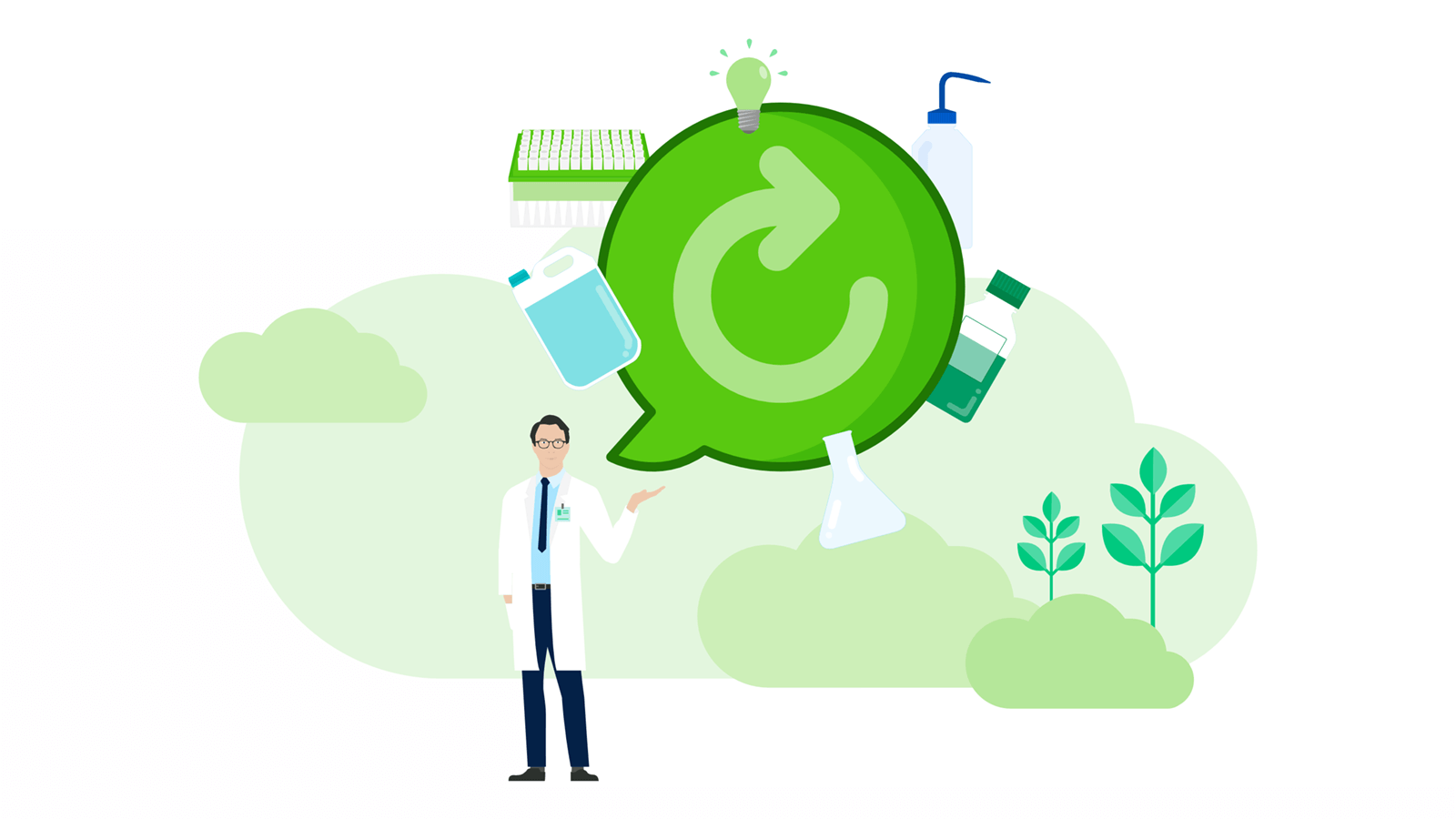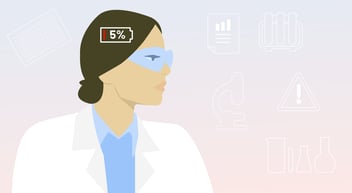When you finish a can of soda, you probably know to recycle it. But what happens when you empty a bottle of saline?
Plastics occupy a substantial portion of lab waste, representing nearly 2% of global plastic generation. While many of us recycle in our personal lives, such habits are not often translated to the lab. Why might this be?
Maybe you are not quite sure what you can recycle. Perhaps there are no accessible recycling bins in the lab. Maybe recycling options are limited, as they are regulated by your institution, city, or country. Lab materials also can’t mix with other recyclables, such as food containers or paper. While these are major barriers to adopting recycling practices in the lab, you can make a difference by making inquiries to your local facilities management, institutional safety officers, or local waste facility. There might be options available that you may not know of. We have amassed some ideas of lab materials that generally can be recycled, as well as common materials that can not be recycled.
Generally recyclable:
- Pipette tip boxes
- Conical tubes
- Centrifuge tubes
- Pipette tips that are not contaminated with hazardous waste (such as those used to pipet buffers, saline, lysis buffer, PCR products)
- Reagent and chemical bottles (cleaned)
- Glass bottles (cleaned)
- Shipping boxes
- Cardboard packaging
- Aluminum foil and trays
- Nitrile gloves (some vendors offer recycling programs for gloves, so please check!)
Generally not recyclable:
- Any containers or materials with hazardous waste
- Tissue paper and wipes
- Paper towels
- Bubble wrap
- Styrofoam
- Coated cardboard or paper
Moreover, you may consider purchasing lab materials from vendors who have recycling programs or offer recyclable products or packaging. Playing an active role in adopting these meaningful practices can truly make an impact in driving global sustainability. And remember: even though it is great to recycle, it is better to reduce waste through reduction or reuse practices.




